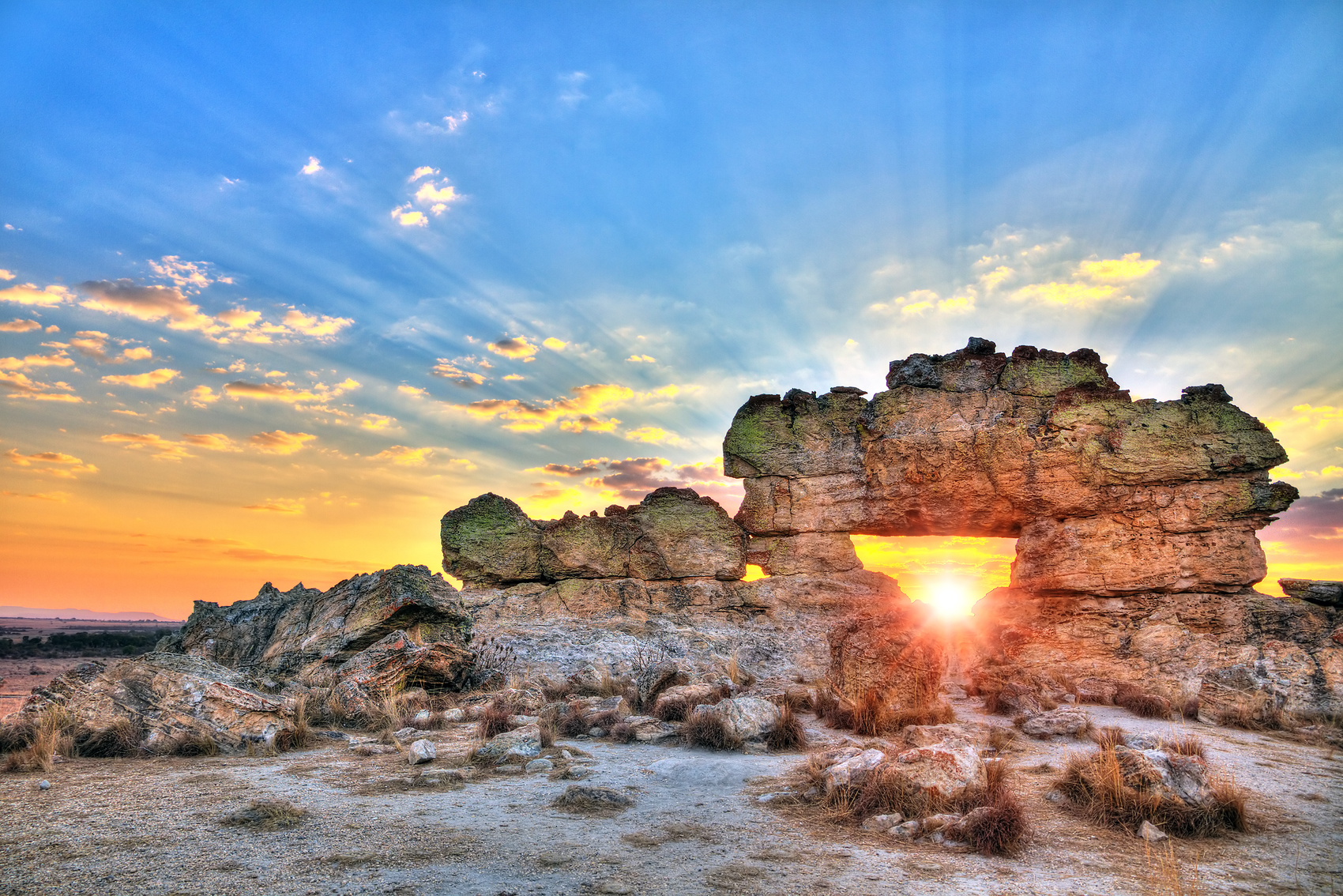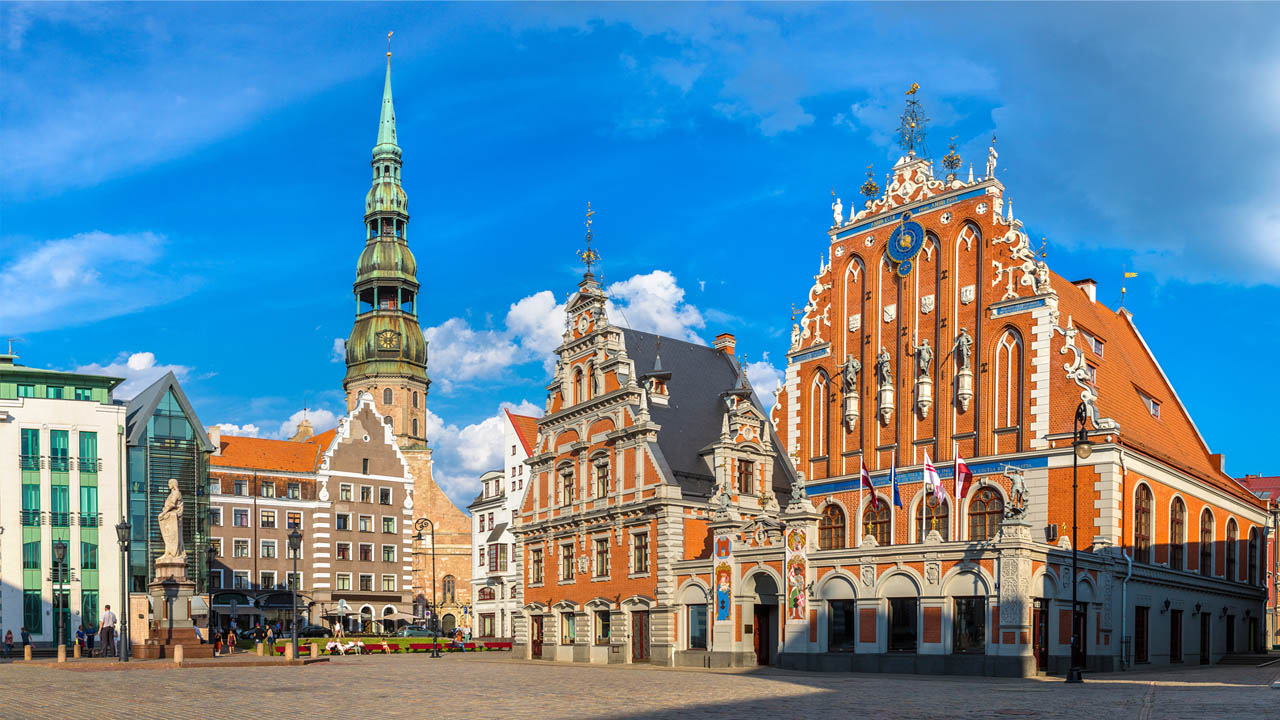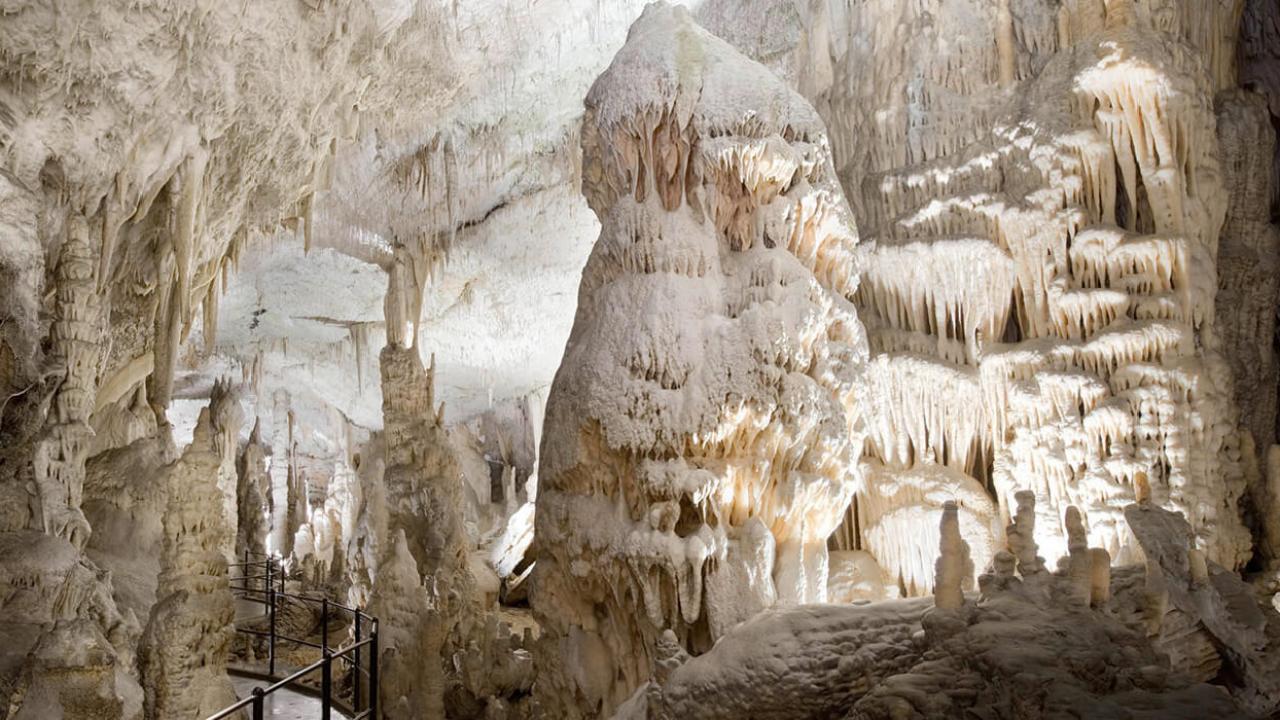Welcome to the enchanting world of the Great Mosque of Djenne in Mali, a masterpiece of Sahelian architecture. This iconic structure, listed as a UNESCO World Heritage Site, is not only a significant religious center but also a striking example of the ingenious skills of ancient craftsmen. Join us on a virtual journey as we delve into the history, design, and cultural importance of this magnificent mosque.
Made entirely of sun-baked clay bricks and adorned with intricate carvings, the Great Mosque of Djenne stands as a testament to the rich history of Mali’s Islamic heritage. It is not just a place of worship for the local community but also a symbol of national pride, attracting visitors from all corners of the globe.
As we explore the wonders of the Great Mosque of Djenne in Mali, let’s unravel the fascinating stories behind its construction and unravel its architectural brilliance piece by piece. Get ready to be captivated by the beauty and grandeur that awaits you!
==========
The History of the Great Mosque of Djenne
The Origins of the Mosque
The Great Mosque of Djenne has its roots in the 13th century when Islam spread across the West African region. It was constructed as a place of worship for the growing Muslim community in the area.
The mosque has undergone several renovations and reconstructions over the centuries due to weathering and natural disasters. However, it has managed to retain its original design and essence, a testament to the resilience and dedication of the local population.
Architectural Influences
The architecture of the Great Mosque of Djenne is heavily influenced by the Sudanese style, which emphasizes the use of mud bricks and wooden elements. The design principles were inspired by the Great Mosque of Timbuktu and other prominent structures in the region.
The mosque’s distinct features, such as its towering minarets and large prayer hall, are characteristic of Sudano-Sahelian architecture, a unique style found in the Sahel region of Africa.
A UNESCO World Heritage Site
In 1988, the Great Mosque of Djenne was inscribed as a UNESCO World Heritage Site. It was recognized for its outstanding universal value as a cultural and architectural masterpiece, representing the profound influence of Islam in West Africa.
The designation as a World Heritage Site has helped protect and preserve the mosque, ensuring that future generations can appreciate its historical and aesthetic significance.
==========
The Design and Features of the Great Mosque of Djenne
Mud Architecture: A Unique Construction Technique
One of the most striking aspects of the Great Mosque of Djenne is its construction material – mud. The entire structure is made of sun-baked clay bricks, reinforced with palm wood, and covered with a layer of plaster, creating a smooth finish.
The use of mud as a building material not only provides insulation against the hot Malian climate but also reflects the sustainable practices of the local community. It is an ingenious technique that has withstood the test of time.
An Impressive Size and Scale
The Great Mosque of Djenne is one of the largest mud-brick buildings in the world, with an incredible length of 75 meters (246 feet) and a width of 75 meters (246 feet). Its imposing presence dominates the cityscape of Djenne and acts as a visual anchor for the surrounding area.
The mosque’s iconic minarets, towering over 16 meters (52 feet) high, add to its grandeur and provide a striking visual element. These towering structures serve both functional and symbolic purposes, calling the faithful to prayer and embodying the spiritual aspirations of the community.
Decorative Details: Carvings and Ornamentation
Every inch of the Great Mosque of Djenne is adorned with intricate carvings and decorative elements, adding to its aesthetic appeal. The designs often feature geometric patterns, motifs inspired by nature, and calligraphic inscriptions from the Quran.
The carvings not only serve as a visual feast for visitors but also contribute to the structural integrity of the mosque. The protruding mud bricks act as buttresses, reinforcing the walls and protecting them against erosion.
==========
The Cultural Significance of the Great Mosque of Djenne
A Place of Worship and Community
The Great Mosque of Djenne is not just a religious center; it is the heart and soul of the local community. Muslims gather here for daily prayers, Friday sermons, and special occasions, fostering a sense of unity, spirituality, and social cohesion.
The mosque also hosts various cultural events, including festivals, music performances, and educational programs, showcasing the vibrancy and diversity of Malian culture.
Preservation of Traditional Craftsmanship
The construction and maintenance of the mosque involve the entire community, creating a shared sense of responsibility and pride. Every year, during the annual “Mud Mosque Festival,” the local residents join forces to repair and re-plaster the mosque, ensuring its longevity.
The festival is a celebration of traditional craftsmanship, where skills are passed down from one generation to the next. It highlights the communal values and the importance of cultural heritage in the lives of the people of Djenne.
Magnet for Tourism and Cultural Exchange
The Great Mosque of Djenne’s architectural marvel and cultural significance attract tourists from around the world, eager to witness its splendor firsthand. Visitors experience the warmth and hospitality of the local community, immersing themselves in Mali’s rich history and traditions.
The mosque serves as a bridge between cultures, creating opportunities for cultural exchange and mutual understanding. It is a testament to the power of architecture and art to bring people together and foster connections that transcend borders.
==========
The Great Mosque of Djenne: A Fascinating Table Breakdown
| Category | Details |
|---|---|
| Location | Djenne, Mali |
| Architectural Style | Sudano-Sahelian |
| Construction Material | Mud bricks, wood, plaster |
| Dimensions | Length: 75 meters (246 feet), Width: 75 meters (246 feet) |
| No. of Minarets | Three |
| Height of Minarets | Over 16 meters (52 feet) |
| UNESCO World Heritage Site Status | Since 1988 |
==========
Frequently Asked Questions about the Great Mosque of Djenne
1. Is the Great Mosque of Djenne open to non-Muslim visitors?
Yes, the Great Mosque of Djenne is open to visitors of all faiths who wish to explore its beauty and learn about its cultural significance.
2. Can visitors climb the minarets?
No, climbing the minarets is not allowed for safety reasons. However, you can admire their grandeur from the mosque’s courtyard.
3. Is there an entrance fee to visit the mosque?
There is no specific entrance fee to visit the mosque, but donations for its maintenance are greatly appreciated.
4. Are there any dress code requirements for visiting the mosque?
Visitors are advised to dress modestly and cover their shoulders and knees out of respect for the religious nature of the site. Scarves may be provided for those who need them.
5. Can I take photographs inside the mosque?
Photography is generally not allowed inside the mosque, but you can capture its beauty from the outside and around the courtyard.
6. What is the best time to visit the Great Mosque of Djenne?
The best time to visit is during the dry season, between November and February, when the weather is more favorable for exploring the mosque and the surrounding area.
7. Are there any nearby attractions to visit along with the mosque?
Yes, Djenne is home to several other historical sites and cultural attractions, such as the Djenne Museum and the Monday Market, where you can immerse yourself in the local culture and traditions.
8. How long does it take to explore the mosque?
The duration of the visit depends on individual interest, but most visitors spend around one to two hours exploring the mosque and its surroundings.
9. Are guided tours available?
Yes, guided tours are available for visitors who wish to have a deeper understanding of the mosque’s history and significance. Local guides can provide valuable insights.
10. Can I attend a prayer service at the Great Mosque of Djenne?
Yes, visitors are welcome to attend prayer services at the mosque. However, it is essential to be respectful and follow the instructions of the mosque staff.
==========
Awe-Inspiring Beauty: Conclusion
We hope this journey through the Great Mosque of Djenne in Mali has left you in awe of its architectural beauty, cultural significance, and historical importance. As you delve into the enchanting world of this Sahelian marvel, you cannot help but be inspired by the craftsmanship, community spirit, and the interplay of faith and art.
Make sure to explore other articles on our website to discover more hidden gems and remarkable destinations that will feed your wanderlust and broaden your horizons. From ancient wonders to modern marvels, the world is full of captivating stories waiting to be explored.






















